June 2022 - You are accessing an old version of our website. The SDGs Voluntary Commitments have been migrated here: https://sdgs.un.org/partnerships
You will be redirected to the new Partnership Platform in 10 seconds.
June 2022 - You are accessing an old version of our website. The SDGs Voluntary Commitments have been migrated here: https://sdgs.un.org/partnerships
You will be redirected to the new Partnership Platform in 10 seconds.
Guatemala has 22 departments (states), divided in 340 municipalities, these are autonomous and have multiple functions according to law. The Secretariat of Planning and Programming of Guatemala (Segeplan) has the task of advising and training these local governments so they can create their local development and territorial ordering plans. Therefore, in 2018, Segeplan published the Guidelines for the Formulation of Municipal Development and Territorial Ordering Plans (PDM-OT for its name in Spanish) as a tool for introducing the national development priorities and the SDGs in local government plans.
Taking the SDGs to the subnational and local level through Municipal Development and Territorial Ordering Plans.
Municipalities
Delegations of Segeplan in each of the 22 departments.
Sponsors
Segeplan developed the Guidelines for the Formulation of Municipal Development and Territorial Ordering Plans as a technical assistance tool in its work with municipalities, with a participative and inclusive approach. The methodology proposed seeks to engage multiple stakeholders in the local level in order to ensure sustainability and long-lasting impact, as well as a sound commitment to the development of the region. Two versions of this document were published, a long, detailed version and a more friendly guide, which looks to be easier to engage with.
At the central level, Segeplan made a commitment to advise local governments during 2018 for the realization of the PDM-OT. There were national and regional workshops launched where the invitation was made to local governments to join the process. The Secretariat assembled a core technical team at the central offices and in coordination with the delegations in each department, who were all trained in the methodology in order to be the direct advisors with municipalities. The methodology centers on a participative, community level formulation, in which multiple actors have to participate and instruments were design to collect their inputs.
After this, there were visits to each department (22 in total) of a technical team, who presented and trained others on SDGs, the national development plan and the relevance of local governments. During 12 months, the technical teams worked side by side with municipalities in the implementation of the guidelines
– In December 2018, 91 municipalities have municipal development and territorial ordering plans underway. Of those, 47 have been approved by the Municipal Council and the rest are in process of getting that approval. This means that these local governments have now documented relevant development aspects of their municipality, such as the most urgent issues to address, updated land-use maps, and all of these are linked to the national priorities for development and SDGs. For 2019, the goal is to implement the methodology with 240 other municipalities
Enabling factors include the presence and expertise of Segeplan’s technical team in territory. The Secretariat has a delegation in each of the 22 states of Guatemala, therefore there was a existing structure on which to work. Another enabling factor was the creation of a “mediated” version of the Guide, which used common language and had a highly graphic format, to make it more user-friendly.
Among the constraints, is the fact that municipalities are autonomous, therefore the success of the initiative resides solely on the commitment and willingness of the municipal council to carry out the process. In the cases where it was achieved, the municipal council was interested and committed to formulating the local development plan.
This initiative is highly replicable, since it adapts to the conditions of each municipality. The Guide has a broad guidelines which gives the technical team the chance to use it in different contexts. Sustainability depends on Municipal Councils, therefore, each of the 91 plans were approved through this mechanism and there is an official document that states so. It must be considered, that capacities for formulation of the plans vary greatly between municipalities, some of them may require external help for the process. In 2018, several had the support of external consultants, hired by international aid or even through local companies to carry out the process.
For 2019, the invitation has been made to the rest of municipalities and the goal is to have a 100% of them involved in the process of formulating their plan.
The implementation of a methodology that includes the National Development Priorities, and therefore, the SDGs, in a local level is an innovation. Guatemala is aware that the 2030 Agenda cannot move forward without local governments. This methodology is a first approach towards supporting municipalities in the design and implementation of long term development plans, and has proved through the process in 2018 that there is a richness and knowledge to be collected at local level.
www.segeplan.gob.gt
The document "Guia Metodológica para la elaboración del Plan de Desarrollo Municipal y Ordenamiento Territorial en Guatemala"

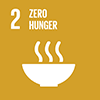
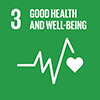
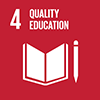

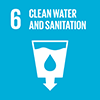

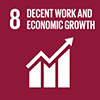

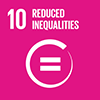
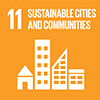
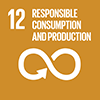

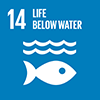
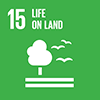
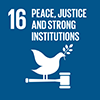
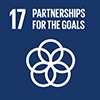
 Start: 01 January, 2018
Start: 01 January, 2018 Completion: 31 December, 2018
Completion: 31 December, 2018